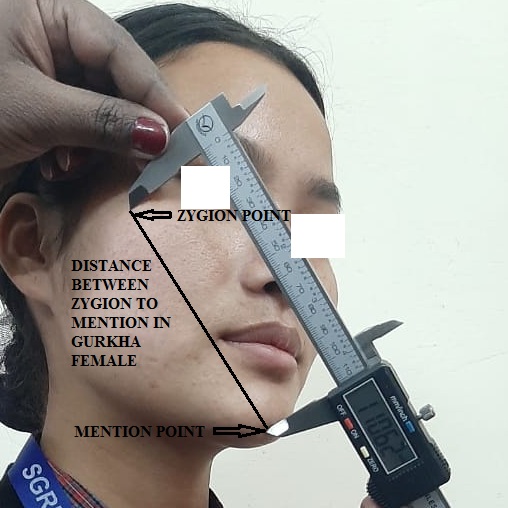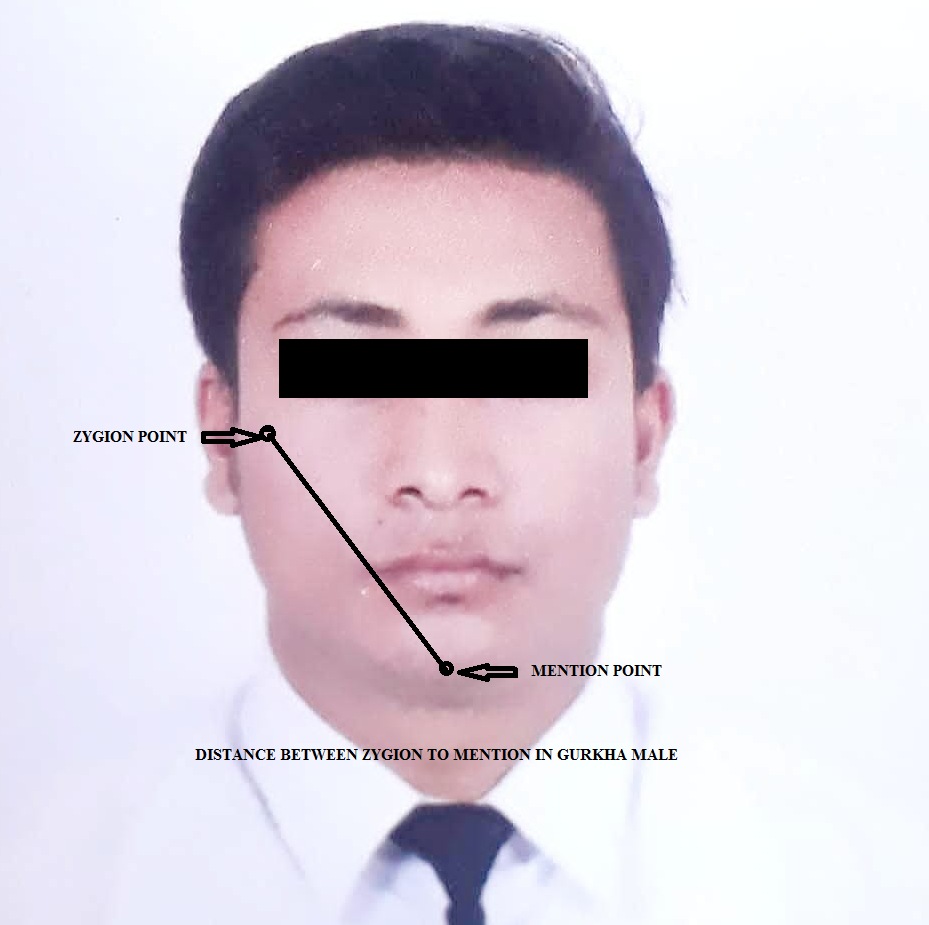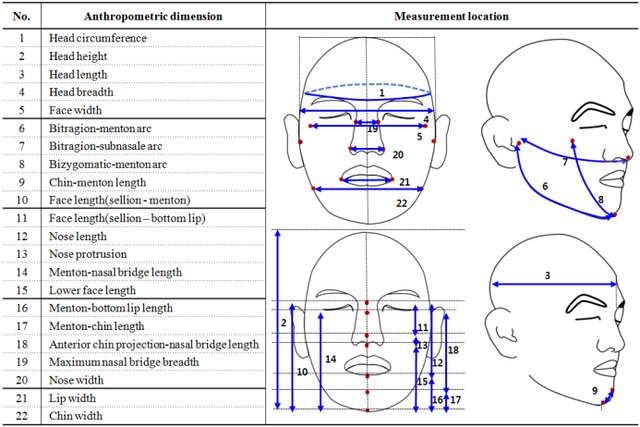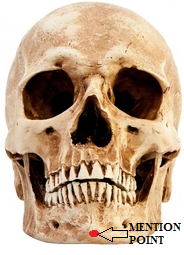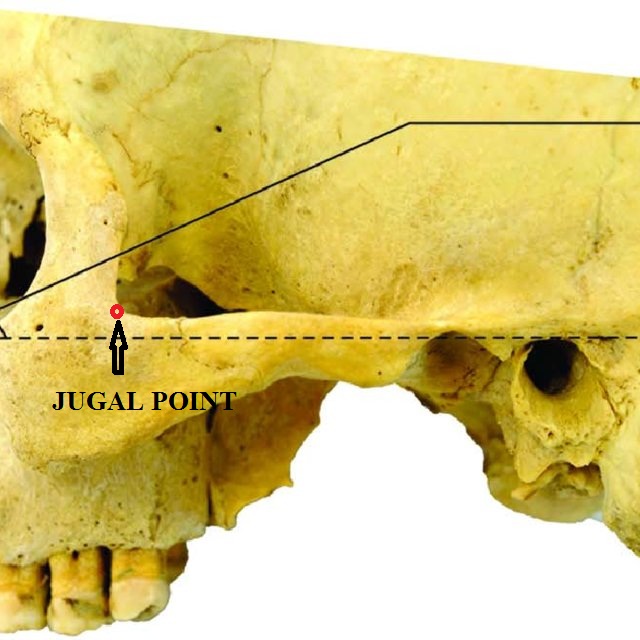Introduction
Facial morphology is the study of the shape and structure of a person's face. The physical features of the face are referred to as facial morphology. According to the study human faces get used in the superimposition technique for observing any missing person. 1 The use of physical anthropology in a legal context, typically to identify discovered skeletonized human remains, is known as forensic anthropology. 2, 3, 4 However, it is taken into consideration while creating the facial framework and in some plastic procedures. Face width alone does not have much medicolegal significance. 5, 6 The various bones of the human skeleton have been used to predict sex and reconstruct stature by many scientists with varying degrees of success. 7, 8, 9 Prehistorians strive to utilize ancient remains as a means to elucidate population movements in relation to racial dynamics. By examining skeletal remains, artifacts, and other archaeological evidence, these scholars endeavor to gain insight into the migration patterns and interactions of ancient populations, shedding light on the historical distribution and movement of different racial groups.10 There are several important cephalometric dimensions that can be used to describe differences between races and sexual orientations, including nasal dimensions. 11, 12, 13, 14 There are three anatomical facial prominences; lips, nose, and chin that have received considerable attention throughout history.15, 16 The Jaunsari Tribe has similarities with both Indo-Aryan and Mongol ethnic groups who have settled in the Himalayan provinces in terms of their physical appearance. 17 Based on blood type and facial features, the Tharu tribes are Mongoloid. Sharma N. and Ali S.18 Varying the Interzygomatic Distance of the Facial Parameter between Terai and Kumauni Ethnic Groups in the Uttarakhand Region. 19 Anthropometric measures of the human body, including circumferences, lengths, breadths, and skinfold thicknesses, are all included in the discipline of anthropometry. Other measures include weight, height, and size. 20
Inclusion criteria
Individual individuals older than 20 years and their parents are both members of the Gurkha and Kumauni Tribes of Uttarakhand. Participants in the research appeared to be healthy people with no obvious bony or facial anomalies.
Exclusion criteria
People under the age of 20 and more than 35 years, Gurkha and Kumauni people from states other than Uttarakhand were omitted from the research. The study excludes those with physical indications of endocrine problems such dwarfism or gigantism, as well as those with antecedents of craniofacial dismorphologies, orthodontic procedures, severe face injuries, and craniofacial trauma.
Materials and Methods
The current study was conducted at the Department of Anatomy, sgrrims, and hs. Two hundred participants aged 20 to 35 years are studied since the bones are fully developed and stabilized at this age range. The participants, 100 boys and 100 females from the ethnic groupings of Gurkha and Kumauni were born and raised in the Uttarakhand area.
Methodology
This investigation employed the use of a clear graded ruler and steel measuring tape, as well as a computerized sliding vernier caliper.
Anthropometric measurement
To show the distance measured to the nearest unit in millimeters (mm), use zygion.
Corresponding ethnic group the following figures represent the subject measurements:
Statistical analysis
In this study, the statistics like; mean, range, and standard deviation of face dimensions are calculated, and correlations are made with excel spreadsheet in Microsoft office. SPSS 24.0 version was used for statistical data analysis in the present study. The level of statistical significance was used at P 0.05 or the 95% confidence interval.
Result
The mean distance between zygion to mention for Gurkha males is found to be more than that for Gurkha females. In the current investigation, both male and female (1.1107 p value / regression equations (SE/standard error) (1.3212 p value / The Gurkha ethnic group's regression equation (SE/ standard error) revealed a modest positive connection between Zygion to Mention distance and number of individuals. In Kumauni males 0.0364 p-value / Regression equation (SE/ 1.0473 standard error) were discovered to be equivalent to the degree of importance and in Kumauni females, 0.0294 p-value / Regression equation (SE/ 0.9061 standard error) were found to be similar to the level of significance (Table 1 & 2). The confidence interval in Gurkha males is 88.61 ± 2.17 and in Gurkha females are 85.55 ± 2.590. Same wise the confidence interval in Kumauni males is 95.48 ± 2.053 and in Kumauni females is 83.66 ± 1.776. The correlation is much again similar to the threshold value hence it signifies that the result is statistically significant in the case of both ethnic groups' p-values. All the statistical analysis finally shows that the p value is less than 0.005. Its shows that the parameter; Zygion to Mention distance, is the appropriate facial indices for the identification of ethnic groups of Gurkha and Kumauni of uttarakhand region of India.
Table 1
The descriptive examination of several factors in Gurkha ethnic group members of both genders
Table 2
The descriptive examination of numerous factors in both genders of the Kumauni ethnic group
Discussion
Both the Gurkha males and girls in this research had a p-value of 0.05653. The p-value for the results for both Gurkha genders suggests that the outcome is roughly statistically significant. The correlation is significantly near the threshold value in the case of Garhwali men, where the p-value is close to 0.05. In the case of Kumauni girls and males, the p-values are 0.0294 and 0.0364, respectively. According to the p-value, the outcome is statistically extremely significant for Kumauni females. Male Kumauni have a p-value that is once again less than 0.05, indicating that the correlation is very comparable to the threshold value and that the results are statistically significant for both ethnic groups. Table No. 3 compares the distance between zygion studies with various researches in regard to gender.
Table 3
Comparison of Different Parameters with different studies in relation to Ethnic groups.
Conclusion
The measurement of the zygion to mention distance of the human face may be merged with facial indices parametric observations in this age of modern technology to make them more useful in establishing identification. One of the most trustworthy methods of identifying someone is the use of facial indices based on surface bony markers, which may be used on living subjects when DNA or fingerprints cannot be utilized. In plastic surgery, forensic medicine, and anthropometric research, the medical and legal significance of facial anthropometric indices is significant. Physical anthropometry therefore offers the tools to evaluate and define the morphological variances that occur across various human populations. In India's Uttarakhand area, there are a lot of landslides and other natural catastrophes that cause numerous injuries, including face and physical deformity. Historical earthquakes can provide insight into the seismicity of the Indian subcontinent's populous areas in the future. Physical anthropometry therefore offers the methods to evaluate the measurements of the human face and to explain the morphological variances that exist among various human populations. The current study has given this particular community useful information that may be utilized for future research and as anthropometric criteria to determine any demographic changes. So, while designing protective gear for this population, such as helmets, goggles, or other applications, such as masks, headphones, etc., it should take this into account. This data will be used by the surgeon to help in face reconstruction in this demographic. For this group of people, accessories include helmets with goggles or other items for different purposes like masks, headphones, etc.
Declaration of Subjects
The patients were made aware that while every effort would be made to keep their identities a secret.
Declaration by Authors
I hereby state that the content I've created is unique to me and that I own all the associated rights.




